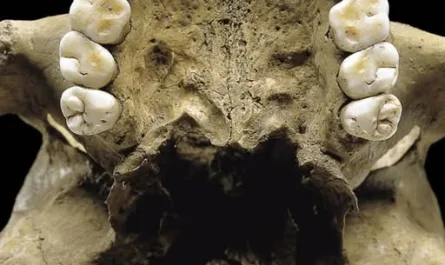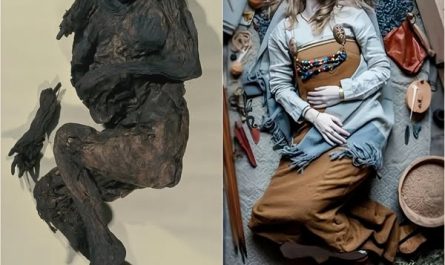Long before her name became synonymous with a powerful American family, Mary Anne MacLeod was a young woman shaped by the rugged beauty and tight-knit community of the Isle of Lewis in the Outer Hebrides of Scotland. Her story, often overshadowed by the political prominence of her son, is a compelling tale of immigration, ambition, resilience, and the quiet influence of a woman who lived the American dream while never fully letting go of her roots.

Born in 1912 in the small village of Tong, Mary Anne grew up in a modest crofting family. Life on the Isle of Lewis in the early 20th century was characterized by hard work, strong community bonds, and a deep connection to the land and sea. The Gaelic language and Presbyterian faith were integral to her upbringing, instilling values of diligence, thrift, and a sense of responsibility. While her homeland offered a rich cultural heritage, opportunities for a young woman were limited. Dreams of a broader horizon, fueled by stories of prosperity across the Atlantic, began to take hold.
In 1930, at the tender age of 17, Mary Anne made the courageous decision to leave her familiar world and embark on a journey to the United States. Armed with her immigration papers and a meager $50, she boarded a steamship, carrying with her not just her few possessions, but also the hopes and aspirations of a young woman seeking a different future. New York City, a bustling metropolis teeming with energy and possibility, was a stark contrast to the tranquil landscapes of Lewis.
Like many immigrants of her time, Mary Anne initially faced the challenges of adapting to a new culture and language. She moved in with her sister, Catherine, and found work as a domestic maid in the affluent households of New York’s elite. This experience offered her a glimpse into a world of wealth and privilege that was a far cry from the simplicity of her upbringing. It was during this period that fate intervened, bringing her into contact with Frederick Christ Trump, a driven and ambitious young builder from Queens with a rapidly growing real estate enterprise.
Their courtship blossomed, and in 1936, Mary Anne MacLeod married Frederick Trump. This union marked a significant turning point in her life, propelling her into a world of increasing affluence and social standing. As Frederick’s business empire expanded, Mary Anne embraced the trappings of their newfound wealth – the elegant homes, the luxurious cars, and the opportunities for travel and leisure. From the quiet service of a maid, she transitioned into the role of a society wife, navigating a world of galas and social engagements.
However, the narrative of Mary Anne Trump is not simply a rags-to-riches story. Despite the opulence that surrounded her, those who knew her describe a woman who retained the core values instilled in her Scottish youth. She was known for her quiet strength, her unwavering faith, and a deep-seated sense of duty and compassion. While not one to seek the limelight, Mary Anne dedicated a significant portion of her time and resources to philanthropic causes.
Her commitment to helping those in need, particularly individuals with cerebral palsy and adults with intellectual disabilities, was a consistent and deeply personal aspect of her life. She volunteered her time and contributed financially to organizations supporting these causes, often without fanfare or public recognition. This dedication spoke volumes about her character, revealing a woman who, despite her elevated social status, never lost sight of the importance of giving back to the community.
Furthermore, Mary Anne remained connected to her Scottish heritage throughout her life. She maintained contact with her family back home and instilled in her children a sense of their ancestral roots. Her strong faith and the traditions of her upbringing provided a grounding influence amidst the whirlwind of American success.
Mary Anne MacLeod Trump’s journey is a testament to the enduring power of the American dream and the multifaceted lives of immigrants who have shaped the nation. Her story transcends the headlines and political narratives, offering a glimpse into the formative experiences and enduring values of a woman who quietly navigated a remarkable transformation, leaving behind a legacy that extends beyond the well-known achievements of her family. She embodied a blend of Scottish resilience and American ambition, a testament to the enduring human capacity for growth, adaptation, and quiet acts of kindness.





